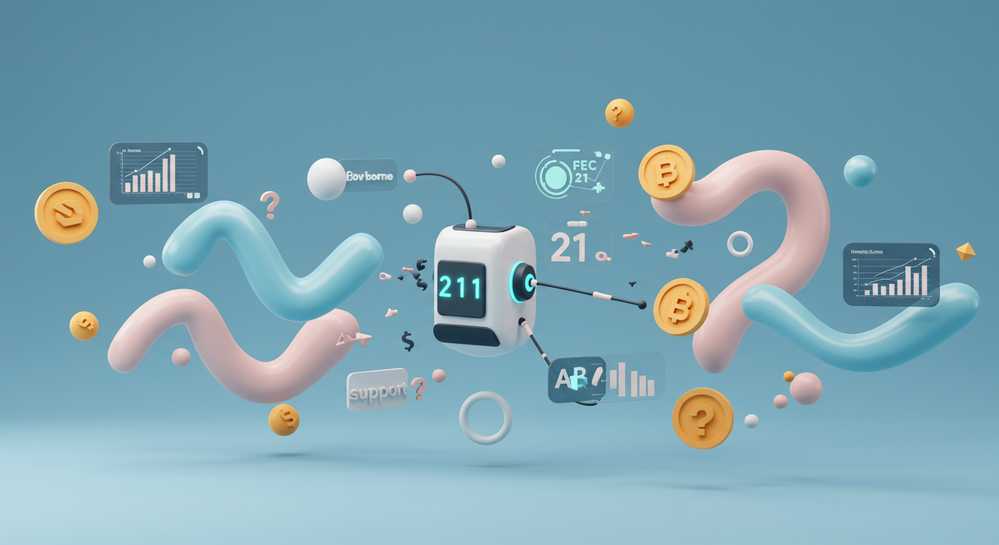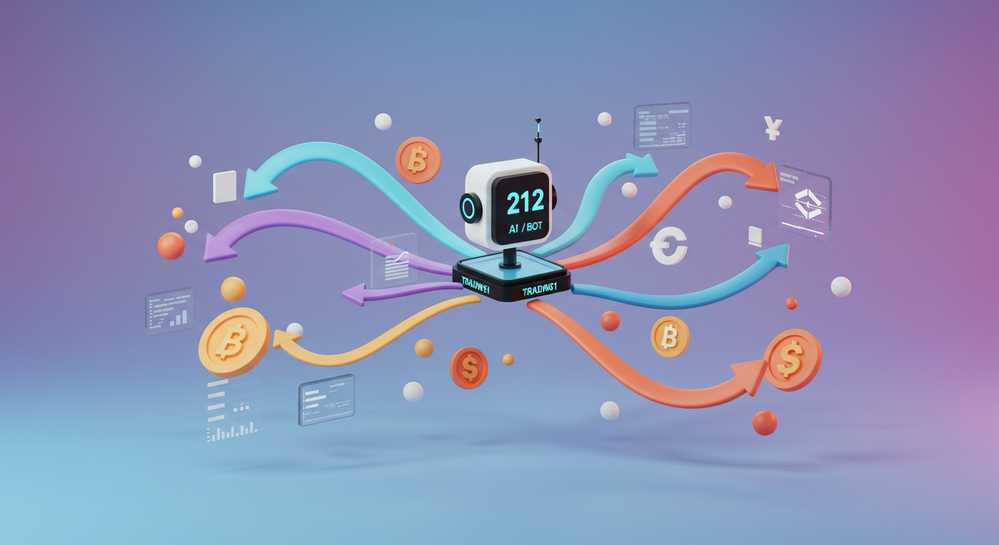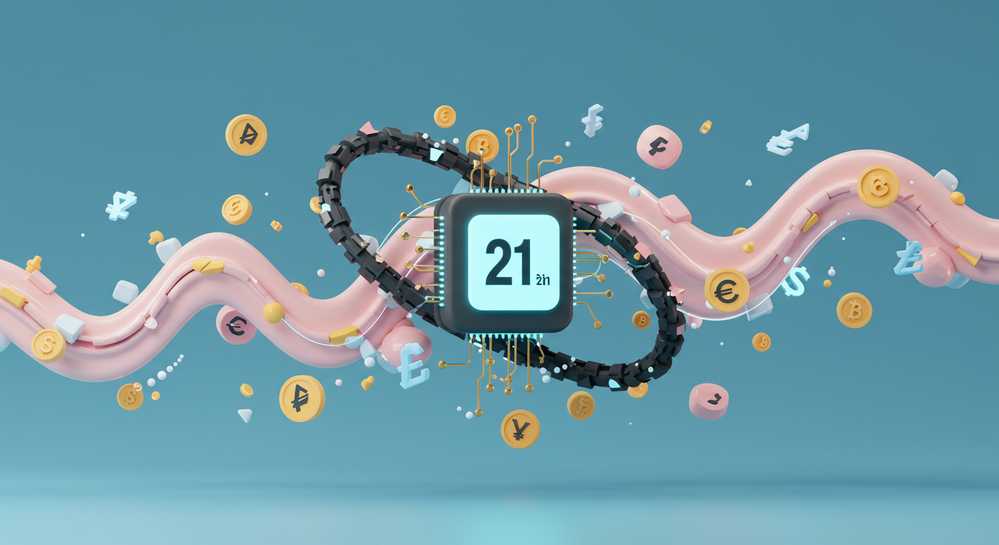In the rapidly evolving world of financial markets, the concept of an trading 212 ai bot often sparks significant interest among retail investors. The allure of automated systems that can analyze market data and execute trades without human intervention is undeniable. However, navigating the landscape of AI-driven trading, especially within specific platforms like Trading 212, requires a clear understanding of what’s truly available and what are mere misconceptions. This article delves into the realities, benefits, and challenges of utilizing AI and algorithmic strategies in your trading journey.
Contents
The Concept of AI Bots in Trading Explained
Understanding AI Trading Bots
Artificial intelligence bots are advanced software programs automating market analysis and trade execution. They analyze vast market data, identify patterns, and execute trades based on rules or learned algorithms. Key advantages include 24/7 operation, superhuman processing speeds, and eliminating emotional biases from trading decisions.
These bots range from simple algorithmic scripts to complex machine learning models. Basic bots follow predefined indicators; advanced AI adapts to volatile market conditions, crucial for cryptocurrencies and forex. They are extensively used in high-frequency trading and to automate strategies across diverse asset classes.
- Speed and Precision: Execute trades in milliseconds, capturing fleeting opportunities.
- Emotional Detachment: Remove human biases for objective decisions.
- 24/7 Monitoring: Continuously track global markets, leveraging opportunities.
- Advanced Data Analysis: Process immense datasets to uncover hidden trends, as explored in demystifying AI trading bots.
The rapid evolution of these systems, like specialized AI agents in crypto, fundamentally reshapes automated trading. Grasping their core mechanics is vital for modern market participants.
Does Trading 212 Support AI Bots or Automated Trading?

Trading 212 and AI Bot Integration
Trading 212, a prominent commission-free investment platform, does not natively support the integration of third-party AI bots or custom algorithmic trading systems for automated execution by retail users. The platform’s core design prioritizes manual trading across its Invest, ISA, and CFD accounts. This means a direct “Trading 212 AI bot” for advanced automated strategies, as seen on other platforms, is not available.
Unlike institutional trading platforms or specialized crypto exchanges offering extensive API access for bot development, Trading 212 focuses on user-driven execution. While users can employ various order types like limit, stop, and OCO, these are tools for manual strategy implementation. They facilitate disciplined trading but do not connect to external AI-driven bots that automatically manage portfolios or execute complex strategies without direct user input.
Therefore, despite offering advanced charting and analytical tools, the platform’s framework does not accommodate the kind of automated trading typically associated with sophisticated AI systems. Investors seeking to deploy a trading 212 AI bot will find this functionality absent from the official offerings.
Alternative Approaches to Algorithmic Trading for Retail Investors

Exploring Algorithmic Trading Alternatives
Since a direct trading 212 AI bot integration is unavailable, retail investors seeking algorithmic trading must explore alternatives. This requires understanding how to achieve systematic execution without native bot support. The goal remains data-driven decision-making, minimizing emotional influence for consistent results.
One primary alternative involves utilizing specialized automated trading platforms. These often provide API access to brokers that do support bot integration, or they offer their own suite of tools. Many feature drag-and-drop strategy builders, simplifying complex logic. For advanced users, coding custom bots in languages like Python on external systems remains a powerful option.
Another effective method is disciplined manual execution on platforms like Trading 212. Investors can backtest strategies rigorously using historical data, then apply these insights manually. Utilizing the platform’s advanced order types, such as limit and stop orders, helps manage risk and entry/exit points systematically. This approach, while not fully automated, mirrors algorithmic trading’s systematic nature, focusing on objective, pre-defined rules.
Risks and Rewards of Relying on Automated Trading Systems

Rewards of Automated Trading Systems
Automated trading systems, including advanced AI bots, offer significant benefits for investors. They provide unparalleled speed and efficiency, crucial for capitalizing on rapid market movements. These systems eliminate human emotional biases, ensuring objective, disciplined execution of predefined strategies without deviation. Their ability to operate 24/7 allows continuous market monitoring and opportunity capture.
- Rapid execution, seizing fleeting market opportunities.
- Emotion-free decision-making, preventing impulsive trading errors.
- Constant market surveillance, leveraging global market shifts.
- Extensive backtesting capabilities for robust strategy validation.
Risks of Automated Trading Systems
Despite the advantages, relying on automated trading systems carries substantial inherent risks. Technical glitches, connectivity issues, and unforeseen “black swan” market events can severely impact performance. Algorithms may struggle with extreme volatility or novel market conditions not covered in their programming. Over-optimization, where a bot performs flawlessly on historical data but fails in live markets, is a common and dangerous pitfall.
Furthermore, insufficient human oversight can lead to rapid and significant financial losses if a bot malfunctions or operates on flawed logic. Effective risk management, continuous monitoring, and a deep understanding of the bot’s underlying strategy are paramount. Vigilance and a clear exit strategy are crucial for mitigating potential downsides in automated trading.
While the idea of a dedicated Trading 212 AI bot for fully automated trading remains largely aspirational for retail investors on this particular platform, the principles of algorithmic and AI-driven analysis are incredibly valuable. Understanding how these technologies function can enhance your manual trading strategies and improve decision-making. Always prioritize robust research, diligent risk management, and continuous learning in your trading endeavors. For those seeking advanced automated solutions, consider exploring platforms explicitly designed for algorithmic trading with robust bot integration capabilities. Discover more comprehensive trading insights and tools at The Best Crypto Trading Bot.
